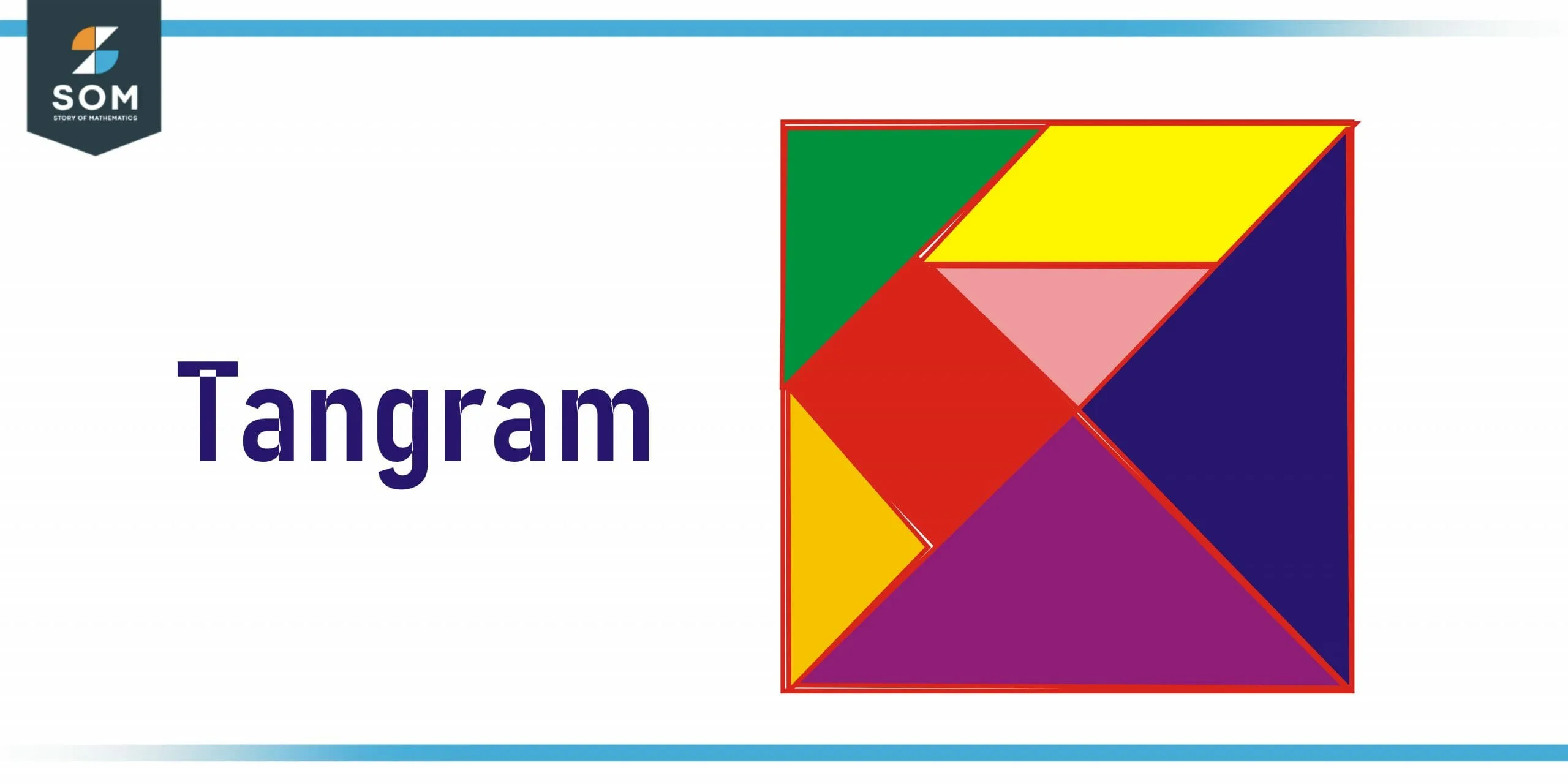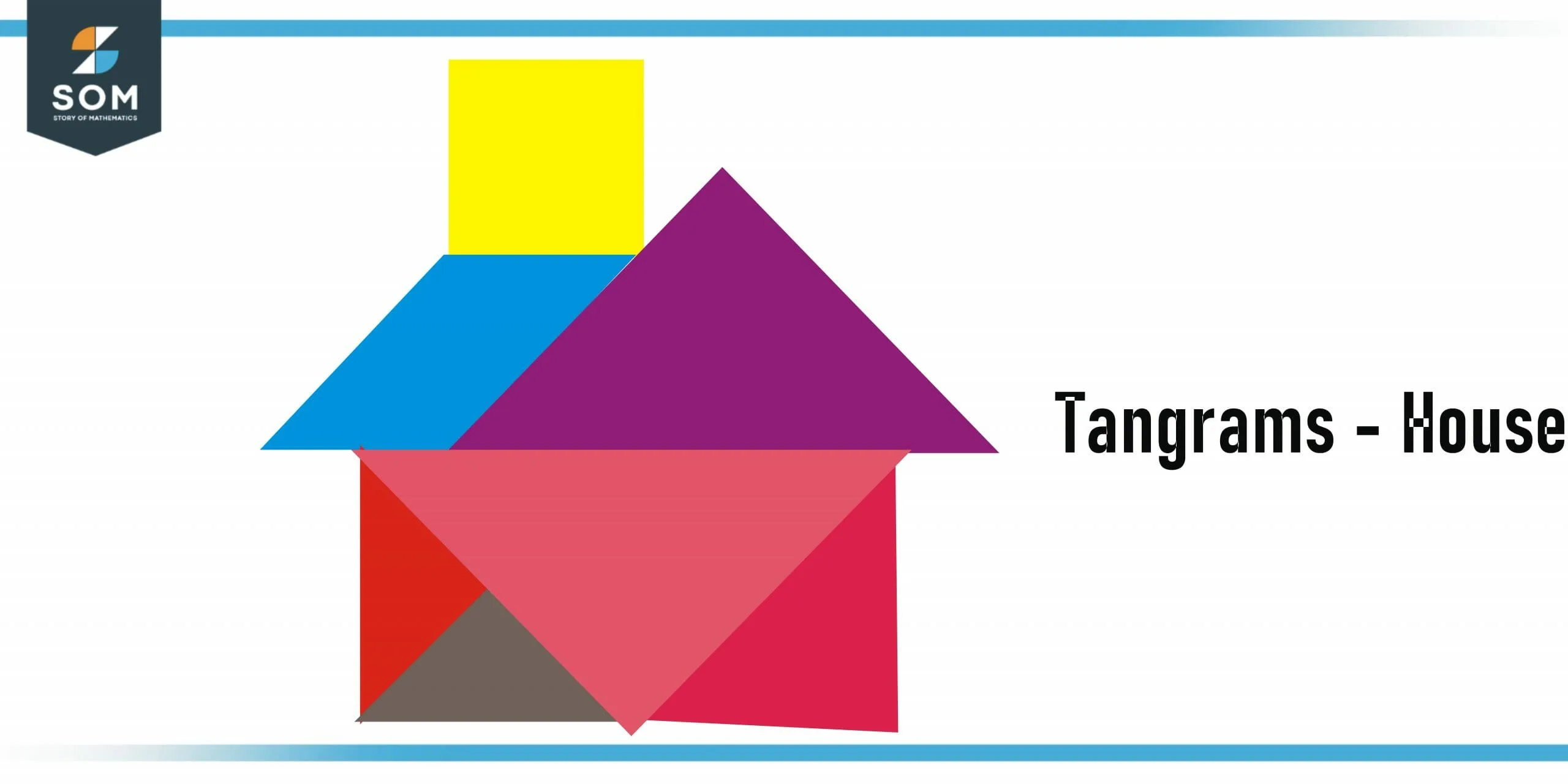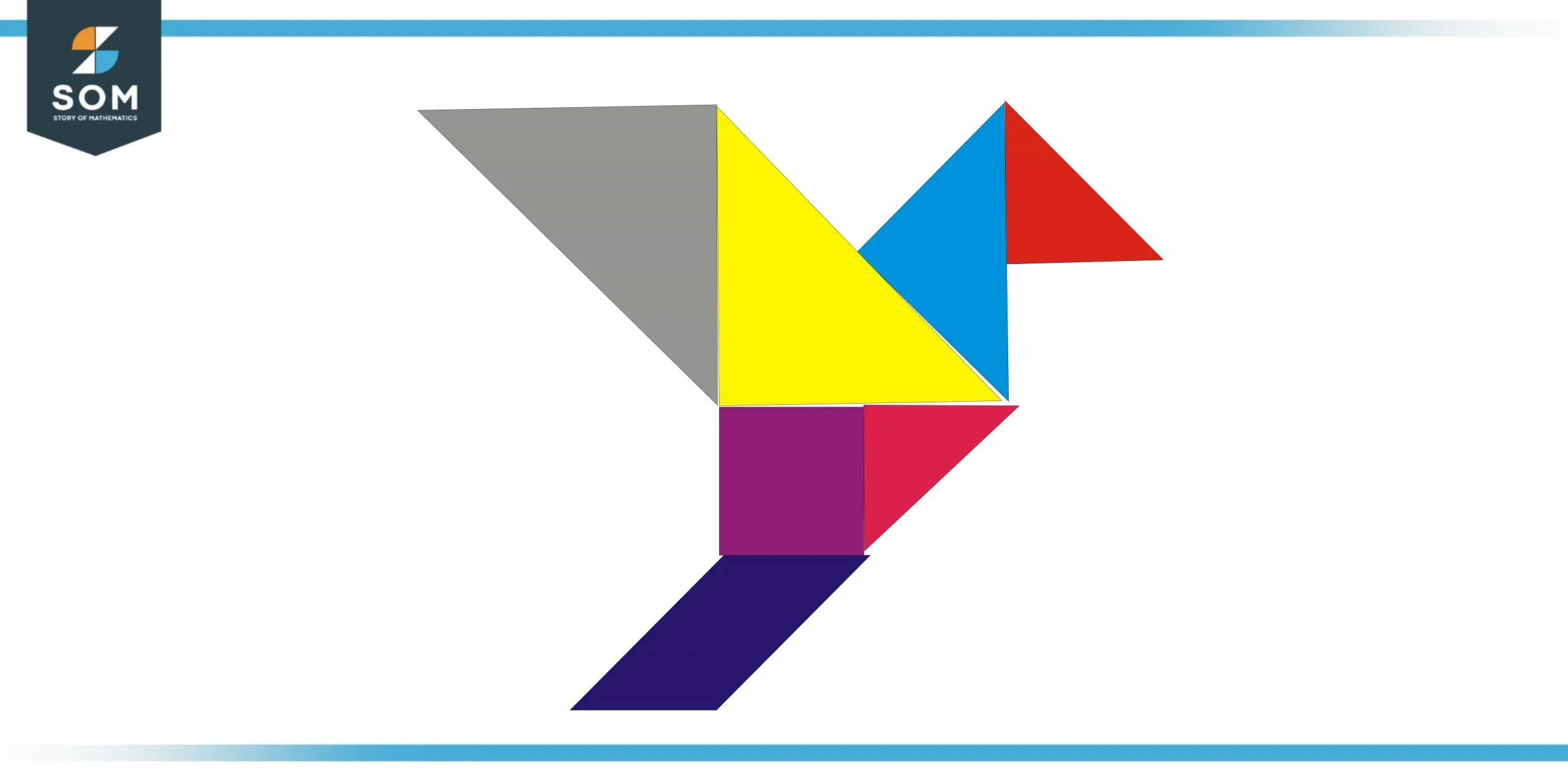JUMP TO TOPIC
Tangram|Definition & Meaning
Definition
A tangram is a puzzle (originating from China) that consists of a single square divided into one parallelogram, one (smaller) square, and five triangles for a total of seven pieces, although tougher variations with more pieces exist. The puzzle is to fit all the pieces inside the square or arrange them to match particular designs.

Figure 1 – Shapes in Tangram
By using only seven pieces without overlap, tangrams are intended to replicate a shape in a puzzle book by giving only an outline. We can also use the tans to create minimalist patterns that contain an inherent artistic value or to use them as a platform for challenging others to create similar patterns in their way.
A Brief History of Tangram
In the 18th century, Friedrich Adolf Richter was the first to introduce tangrams to the German public. It was marketed as the Anchor Puzzle and was made out of stone or false earthenware.
At the beginning of World War I, tangrams were gaining remarkable attention, both on the home front as well as the trenches. In addition to the Anchor Puzzle sets, this performance was called “The Sphinx”.
The Components To Create a Tangram
Here you will learn how to make a tangram using the 7 pieces given.
To make tangrams, the following rules are applied
- It is necessary to use all of the tangram pieces (or tans)
- It is necessary that all pieces lie flat
- Forming a shape requires all pieces must touch and none to overlap
It is possible to form many different tangram pictures using the above conditions, including
- Numbers, symbols, and letters
- Animals
- Objects (vehicles etc)
- People
Why Do We Use Tangrams?
Tangrams are nearly identical to building blocks in the sense they can not only be used as a tool to teach problem-solving and logical thinking skills, but also perceptual reasoning, visual-spatial awareness, creativity, and mathematics concepts like congruency, symmetry, area, and geometry.
With the help of a tangram puzzle, you can create over 6,500 different shapes and pictures. Through them, children gain a better understanding of geometric expressions and learn how to solve problems more effectively. By using tangram puzzles, children can improve their basic arithmetic skills.
Tangrams Making and Using Them
In particular, tangrams are advantageous for the independent work of students. This is because each student can be given a set of tangrams for which he or she will be responsible. It might be necessary to allocate some time for group work as well, as students differ significantly in their spatial abilities and their ability to understand language.
Most students need plenty of time before beginning to investigate Tangrams seriously since most of them are just learning the technique for the first time.
Initially, students will think of Tangram shapes as literal shapes at first, since they are so new to the concept. With experience, they will be able to identify commonalities within their shapes and create abstract language to describe aspects of patterns within them.

Figure 2 – A house made using Tangrams
In the beginning, students will likely construct a square simply by joining two small triangles to form a square. However, over time, they may be able to visualize squares that are divided by diagonals into two triangles, and then construct squares of different sizes with the help of these two triangles.
As well as providing a visual image, Tangrams can be used to develop an understanding of fraction algorithms as well. Often, students learn to do examples like 3/4=? 4/5=? 8/9=? at a purely symbolic manner.
This means that if the procedure is forgotten, they will not be able to solve the problem. With presymbolic experiences, students will be able to solve problems like Counting how many small triangles fit into large triangles.
Students of any age who have never worked with Tangrams may first build objects that resemble objects, such as butterflies, rockets, faces, or alphabet letters. In addition to constructing filled-in polygons, such as squares and hexagons, or symmetric patterns, students with a richer geometric background may impose interesting restrictions on their constructions.
Tangram Puzzles for Teaching
Children may be overwhelmed when they experience a tangram puzzle for the first time. They may wonder, “What is this? Many children need a gentle push in the right direction. It won’t take long for them to adapt to tangrams if you explain to them and use them as a manipulative tool in lessons.
Begin by asking students to cut all the pieces of the tangram puzzle. It also helps develop their growing fingers’ tiny bones and fine motor skills. The large square will also be divided into several smaller ones, and each of these shapes will fit into the large square. This is an excellent way to introduce them to angles.
Children can then get crafty by coloring in their shapes with colored pencils, or even with paint. This will ensure that every tangram puzzle piece is vibrant and unique. To get the best and most beneficial tangram puzzle pieces, they need to color both sides. Repeat the shape names to the children throughout the lesson.
Tangrams as a Way To Make Unique Shapes
There are seven tangram shapes, and each of them can be manipulated and moved in various ways to create a lot of new shapes. Children might even be able to transform their tangrams into clouds by manipulating and moving the shapes in a variety of different ways.
Ask the children to rearrange the pieces into some simple shapes. Is it possible for them to make a rectangle or a triangle? After that, challenge the class to create the most dynamic shape. It does not have to be perfect it just needs to be imaginative.
Practical Example
As an example, let’s look at the following tangram set. There are five triangles, one parallelogram, and one square in this tangram square. Design a bird using these pieces..
Solution – Tangram Bird

Figure 3 – A bird made from Tangram Shapes
As you can see in the figure above, a bird can be formed from the seven pieces that are given out of a square in the shape of a bird.
All images were created with GeoGebra.
